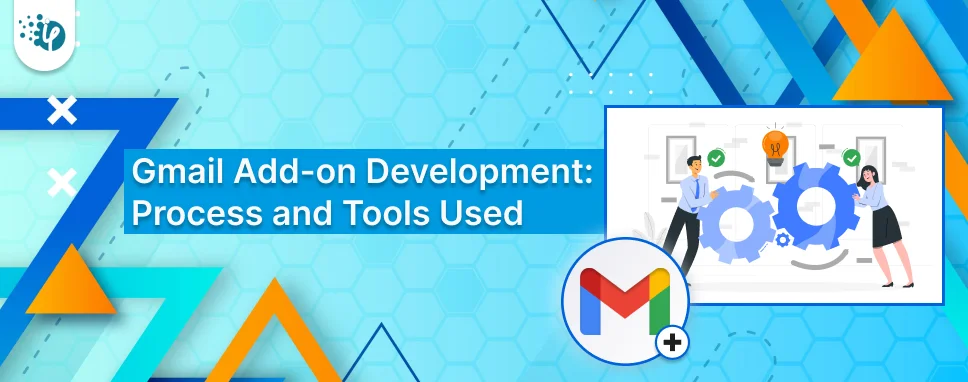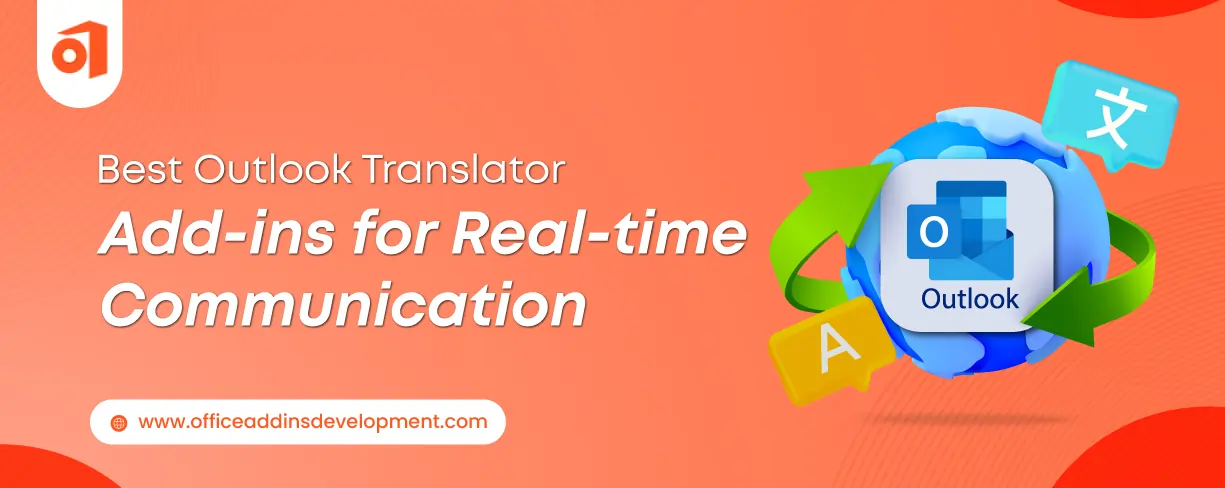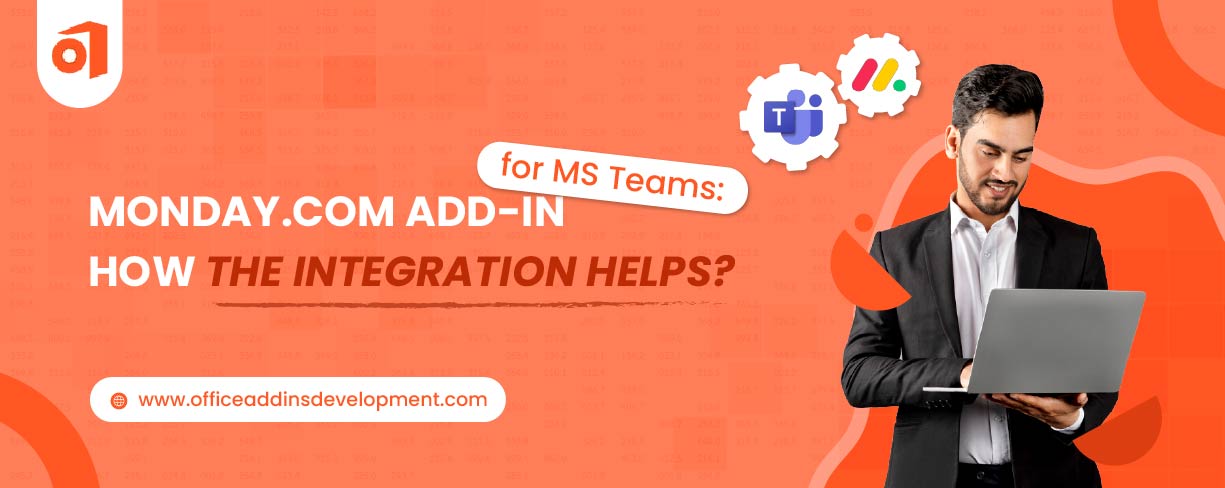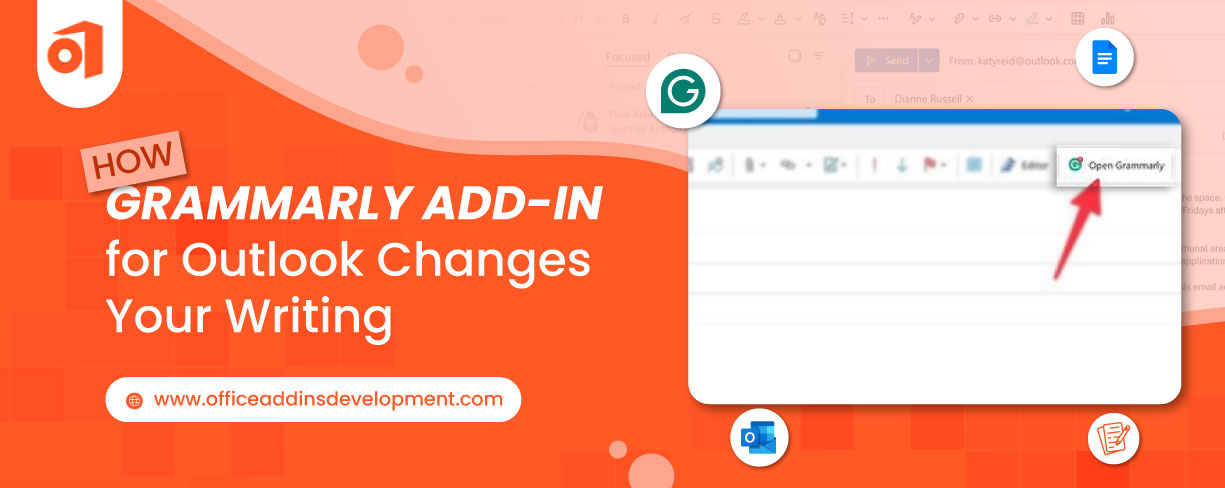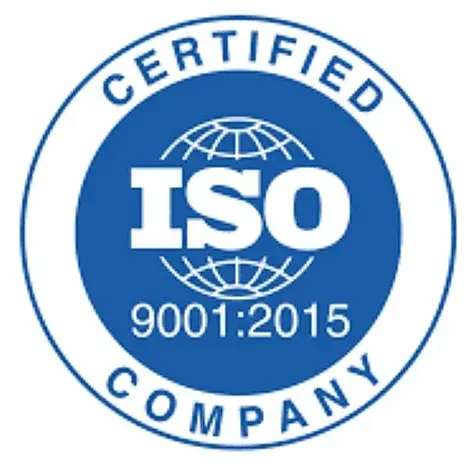The Gmail Add-on development process includes a systematic approach and essential tools. The process involves several steps including idea generation, design, coding, testing, and deployment. One of the important tools for designing Gmail add-ons is Google Apps Script. It is a core tool that utilizes JavaScript for add-on creation.
The Google Workspace Marketplace SDK is another essential tool that facilitates add-on distribution. To design user interfaces, developers employ HTML and CSS.
Additionally, the use of Google Cloud Platform offers cloud services that can be leveraged to enhance the performance of add-ons. OAuth 2.0 ensures secure authentication, making it easy for users to trust the platform to transmit sensitive data.
By following this comprehensive approach programmers can create external applications that seamlessly integrate with Gmail, enhancing functionalities and offering users a more efficient and personalized email experience.
Let's explore the significance of Gmail Add-ons and guide you through the development process, providing you with the necessary tools to enhance your email experience through Gmail Add-ons development .
Importance of Gmail Add-ons development
Gmail add-on acts as an extension that enhances the current functionality of the Gmail platform. It serves as an invaluable enhancement to Gmail, significantly enriching its capabilities and versatility. These add-ons seamlessly integrate with Gmail, allowing users to execute additional actions directly within the familiar Gmail interface.
Picture yourself reading or composing an email in Gmail. A Google Workspace Add-on can introduce a specialized, personalized interface within Gmail itself. This interface empowers users to take diverse actions applicable to the email content, such as displaying personalized information that adds value to the user’s experience.
- Gmail add-ons play a crucial role when it comes to enhancing the functional horizons of Gmail, delivering users a more adaptable and efficient email environment.
- These extensions are used to amplify Gmail's utility by forging connections with external apps and offering tools that pass over from project management to communication.
-
Gmail add-ons transform your business substantially extending the overall productivity of users. What’s more amazing is it facilitates some incredible functionalities like task automation, streamlined collaboration, and personalized features.
- Add-ons enable users to customize their email interface that suit their precise requirements. The seamless integration components like scheduling, document collaboration, and advanced filtering directly into Gmail contribute to improved productivity.
- This integrated approach lowers the necessity to toggle between various platforms, thereby saving time and elevating workflow efficiency.
Furthermore, add-ons even contribute to email security where encryption and phishing detection features are introduced, contributing to a safer digital communication environment. Professionals and personal communications rely on Gmail where these add-ons emerge as imperative assets, optimizing organization, collaboration, and the overall user experience within the Gmail interference.
Expedite your business documentation with top-class Word Add-in development services .
How Gmail add-ons simplify email work
Gmail add-ons play a pivotal role in streamlining email workflows, offering an array of features that significantly simplify and enhance overall productivity. Through automation, these add-ons effectively save users time by automating repetitive tasks. For instance, scheduling tools analyze email content to suggest optimal meeting times, reducing the need for manual coordination and facilitating more efficient time management.
Incorporation of third-party apps is a key feature that allows for seamless project management and collaborative document editing within the Gmail interface. With this incorporation, users don’t have to switch between different platforms which fosters a more cohesive work environment and ultimately saves valuable time for employees.
Gmail Add-ons development for enhanced workflow
Gmail add-ons work to enhance the workflow of organizations with features like advanced filters, categorization, and tagging features. This organizational aptitude improves users' ability to handle and prioritize emails, reducing the risk of overlooking critical data and contributing to a more efficient email management experience.
The personalization component of Gmail add-ons enables users to tailor their email interface with features like custom templates and personalized signatures. The custom functionality provides a more user-centric experience that aligns the email platform with individual’s needs and preferences.
Gmail Add-ons development for simplified collaboration
Furthermore, Gmail add-ons facilitate collaboration by seamlessly integrating communication tools, project management platforms, and collaborative document editing directly into the email environment. This consolidation of tasks within a single platform fosters smoother collaboration within teams, enhancing communication and task management efficiency. Essentially, Gmail add-ons simplify email work by linking automation, integration, organization, personalization, and collaboration features and create a more streamlined and user-friendly email experience.
Jazz up your Commercial Presentations with PowerPoint Add-in development solutions.
Understanding the Gmail Add-ons development process
The development of Gmail add-ons is a structured process that integrates coding, system integration, and adherence to Google's guidelines. The following provides a comprehensive overview of the Gmail add-ons development process:
-> Establishing the Development Environment
Before engaging in coding activities, developers must configure their development environment. This includes initiating a project in the Google Cloud Console, enabling the Gmail API, and acquiring essential API credentials. Additionally, developers must choose a programming language for their add-on, with options like Apps Script (JavaScript) or other languages supported by Google APIs.
-> Defining Add-on Functionality
Here is a pivotal stage of the development that involves defining the add-on's functionality clearly. Coders work to identify the specific tasks the add-on will perform within the Gmail interface, ranging from automating actions to incorporating third-party services for enhanced features.
-> Coding and Implementation
Next, it comes to building upon the outlined functionality, so developers will start coding the add-on. When employing Apps Script, programmers craft JavaScript code to create functions that interact with Gmail and external APIs. Moreover, ensuring alignment with Google's security and privacy requirements is also paramount.
-> Comprehensive Add-on Testing
Rigorous testing is imperative to identify and rectify bugs or issues. Developers test the add-on across diverse scenarios to ensure seamless functionality across various email types, devices, and Gmail settings.
-> Submission and Approval for Add-on
Upon successful testing, developers submit the add-on for review through the Google Workspace Marketplace. Google evaluates the add-on to verify compliance with guidelines, encompassing security and usability standards. Following approval, the add-on becomes accessible for users to install
-> Gmail Add-on Deployment and Maintenance
The last stage involves post-approval and the add-on is deployed to the Google Workspace Marketplace. Developers have to remain attentive, constantly monitor user feedback, address reported issues, and potentially update the add-on to introduce new features or enhancements.
Unlock your business efficacy with an esteemed Excel Add-in development company .
To understand the Gmail add-on development process, it’s important to have a blend of technical proficiency, adherence to platform guidelines, and an ongoing commitment to maintenance to ensure an uninterrupted user experience. However, the success of development relies on comprehensive testing, obedience to security standards, and responsiveness to user input.
What Tools and technologies are used for Gmail Add-on development
Gmail add-on development involves a combination of tools and technologies that enable developers to create seamless integrations with Gmail and enhance its functionalities. Here's a concise overview of the key tools and technologies commonly used in the development process:
Google Apps Script (GAS)
Google Apps Script stands at the core of the Gmail add-on development which is a scripting language based on JavaScript. This server-side scripting language is provided by Google and enables developers to create custom functions, automate tasks, and interact with Google Workspace applications, including Gmail. And guess what? This technology is also used for Google Sheets Add-ons development.
Google Workspace Marketplace SDK
This software development kit allows the publication and allocation of Gmail add-ons. Developers employ the SDK to create, manage, and deploy their add-ins to the Google Workspace Marketplace, making them accessible to a broader audience.
HTML and CSS
User interface design is a crucial aspect of Gmail add-on development. HTML (HyperText Markup Language) and CSS (Cascading Style Sheets) are fundamental web development languages used to structure and style the graphical user interface (GUI) of the add-ons. This ensures a visually appealing and user-friendly experience for the end-users.
Google Cloud Platform (GCP)
Developers leverage the Google Cloud Platform for various cloud services such as storage, authentication, and data analysis. GCP ensures the reliability and scalability of Gmail add-ons, providing a robust infrastructure for storing and processing data securely.
OAuth 2.0
Security is paramount in Gmail add-on development, and OAuth 2.0 is a widely used protocol for secure authorisation. It allows third-party applications, in this case, Gmail add-ons, to access Gmail user data without exposing sensitive credentials. OAuth 2.0 ensures a secure and standardized way of authenticating users.
Top 9 Gmail Add-ons for Unparalleled Efficiency
The top 9 Gmail add-ons listed above bring unparalleled efficiency and functionality to email management:
1. Boomerang extension for Gmail
Empowering users with email scheduling and reminders, Boomerang ensures timely follow-ups and efficient communication planning.
2. HubSpot extension for Gmail
Seamlessly integrating Customer Relationship Management (CRM) tools into Gmail, HubSpot facilitates contact management, providing a comprehensive solution for customer interactions.
3. Trello for Gmail
By transforming emails into Trello cards, this add-on simplifies task management, allowing users to seamlessly incorporate their email content into their broader project workflows.
Supercharge your business communication with custom Outlook Add-in development .
4. Clearbit Connect Gmail Add-on
Elevating communication, Clearbit Connect provides detailed information about email contacts, enabling users to enhance their interactions with a deeper understanding of their communication counterparts.
5. Grammarly Add-on for Gmail
Embedded directly into Gmail, Grammarly enhances writing by meticulously checking grammar, spelling, and punctuation, ensuring polished and error-free communication.
6. Mailtrack Add-on for Gmail
Offering email tracking features, Mailtrack keeps users informed about when recipients open their emails, adding a layer of insight to email communication.
7. Zoom Scheduler Add-on for Gmail
Streamlining virtual meetings, this add-on integrates Zoom meeting scheduling directly within Gmail, simplifying the process of coordinating and hosting online meetings.
8. Gmelius Add-on for Gmail
Focused on collaboration, Gmelius transforms emails into shared projects and tasks, fostering a more collaborative and organized approach to email-driven workflows.
9. Checker Plus for Gmail
Providing quick access to Gmail notifications, Checker Plus for Gmail enables efficient email management by allowing users to stay on top of their inbox without the need for constant navigation.
These add-ons collectively enhance productivity, streamline communication, and offer a range of features that cater to diverse user needs, making them essential tools for optimizing the Gmail experience.
Conclusion
In Conclusion, Gmail add-ons have become indispensable tools for individuals and businesses seeking heightened email productivity. Their role in streamlining workflows, offering additional functionalities, and seamlessly integrating with Gmail has significantly improved the efficiency of email management. The development process, characterized by careful planning, precise coding, rigorous testing, and strategic deployment, underscores the importance of a diverse set of tools and technologies.
With the innovation of advanced technology, the future of Gmail add-ons looks promising as multiple opportunities lie ahead. The cool updates in Gmail add-ons prove that they're always trying to be at the top of the tech game. They're giving us more tools to help us organize and improve our email experience.
As these add-ons keep getting better, email communication becomes easier and that's really important for handling our daily emails.



